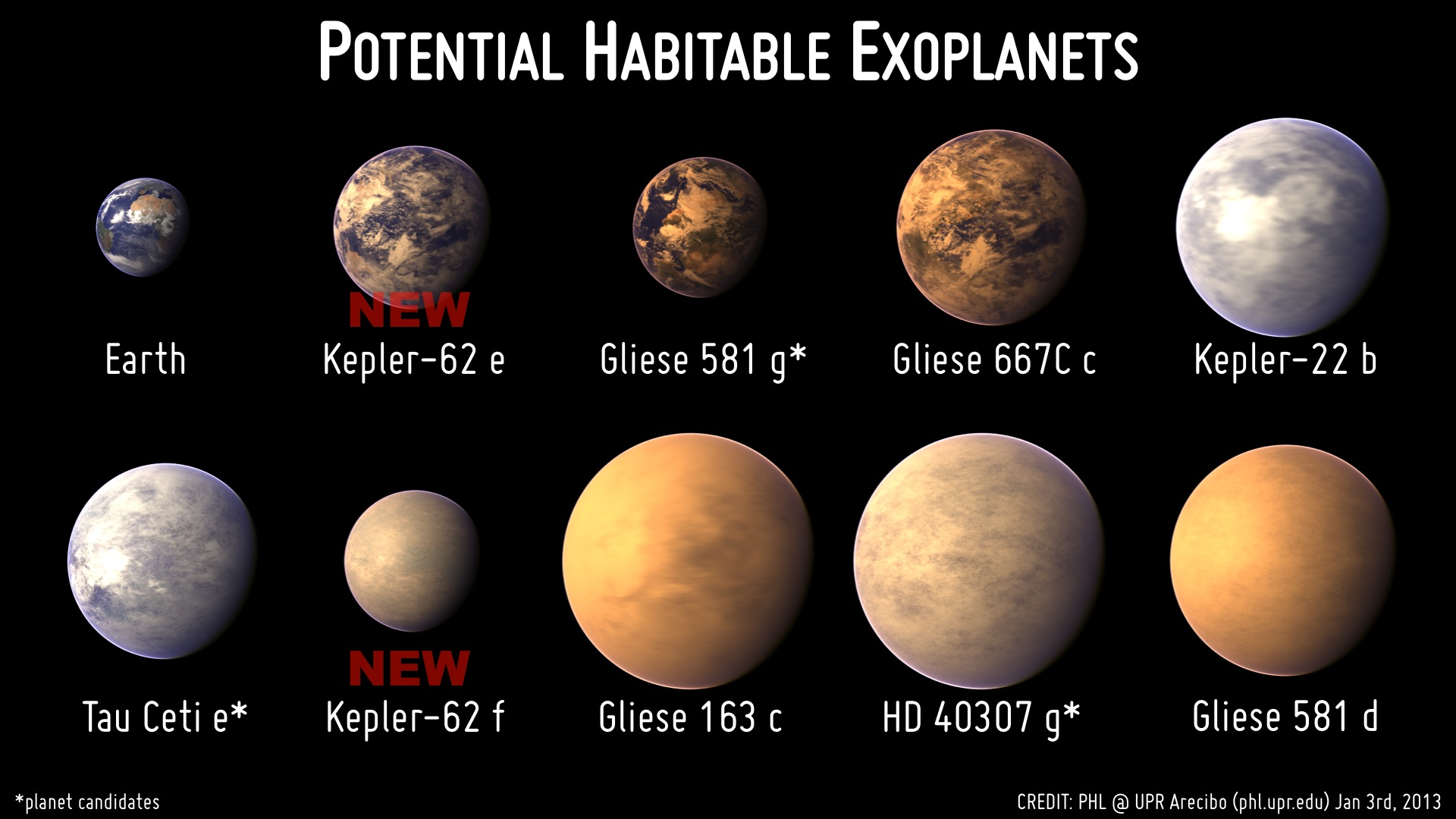NASA's TESS the Transiting Exoplanet Survey Satellite now has completed it's very first mission taking two years to complete. Tess will continue it's stay orbiting our earth while continuing to gather information about may new worlds we are discovering everywhere throughout the skies. Tess has confirmed 66 planets to date and is awaiting ground based telescope observations to confirm more then 2100 other planetary candidates.
As a follow up to the Kepler Mission, TESS is NASA's is NASA's new looking glass designed to peer across our universe for the tell tale signs of planets orbiting other stars. TESS scans the skies studying the light signatures of stars by the thousands looking for the tell tale dimming's in the luminosity of other stars that happens as a planet crosses and blocks light in respect to our view from earth. After the completion the first two years survey selection TESS still has much planet to do and will now begin an extended planet hunting mission that NASA hopes will be able to find many new worlds. TESS's primary mission briefly mapped 75% of the visible sky from earth's view, granting us a 30 day study of each star, mission data is composed of many segments as TESS rotated it's point of view across the universe. Some target stars depending on where they are located in the night sky have more time series data than others.
The telescope started by mapping the southern skies and once this was completed the telescope shifted the focus into the northern skies. Beginning again TESS will flip it's perspective to focus on the southern skies in depth, the telescope will also now take a light sample from each target every ten minutes as previously data points were binned at higher intervals. This new improvement will allow exclusive study for stars that pulsate, flare stars and will provide in depth star light luminosity details with new discoveries in star type classifications. During The Kepler Mission an entirely new class of Binary Stars were found by studying their light signatures, they were entitled "Heartbeat Binary" stars because the distinct way the light was captured by Kepler's photometer and then displayed beautifully showing a heartbeat like pattern.
A Heart Beat Binary Light Curve From The Kepler Mission
Delta Scuti Stars were also studied, these variable stars give a wonderfully artistic display when viewed on a light curve graph, the variations show each individual stars periodic variability and modulations.
A Delta Scuti Light Curve From The Kepler Mission
NASA's team plans on using the new ability to capture star light data at ten minute intervals to learn more about exotic types of pulsating and variable star classifications. TESS is scheduled to complete 15 months surveying the southern skies and then another to survey areas along the ecliptic plane of TESS's orbit around the sun as they have not been viewed yet.
Detecting new exoplanets in other star systems in a new field of study that has never existed before in the history of mankind. The first extrasolar planetary detection was confirmed in 1992 when radio astronomers Aleksander Wolszczan and Dale Frail announced a new discovery of planets orbiting the pulsar star PSR 1257+12. Follow up observations confirmed this discovery, today we know there are three planets in the star system believed to have been formed from the remnants of a supernova as part of a second round of planetary formation. One theory suggests these planets are the rocky cores of gas giants that survived the event and have now settled into their current orbits.
A second confirmed exoplanet detection happened roughly 30 years ago when a Giant planet orbiting with a 4.2 day period was detected around a nearby main sequence star known as Pegasi 51. This discovery was made by Michel Mayor and Didier Queloz of the university of Geneva, the pair shared a Nobel Prize in Physics and their efforts are thought to have ushered in the modern era of planet hunting.
1n 1999 Upsilon Andromedae won the title of being the first even known main sequence star with multiple planets. Upsilon Andromedae is located 44 light years from earth and is actually a Binary Star with a F Type Maine sequence star that is orbited by a smaller red dwarf star. Today we know Upsilon Andromedae has for planets b, c, d, and e; it was not only the first ever known main sequence star discovered with multiple planets, but also the first ever binary star discovered with multiple planets!
The James Webb telescope is as well currently being built with the capability of studying in depth the atmospheric compositions of planets while finding new ones. The James Webb telescope is scheduled to be launched by NASA in 2021; it will be the largest, most powerful and complex space telescope ever designed and launched.
















